The Stunning Work of a Pulitzer-Winning Photographer Killed by the Taliban
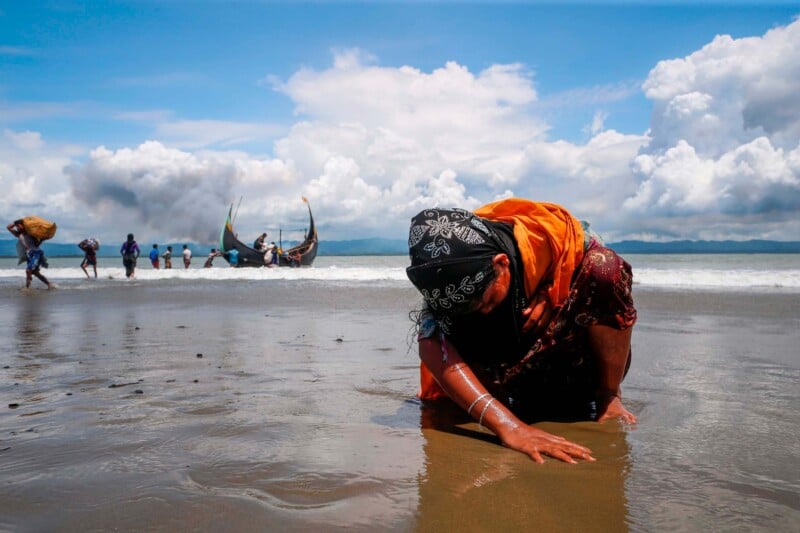
In 2021, while on assignment for Reuters news agency in Afghanistan, Pulitzer-winning photographer Danish Siddiqui was killed after the Afghani special forces he was with came under fire by the Taliban.
His untimely death serves as a reminder of the dangers journalists and photographers face when heading into a live war zone.
Siddiqui’s photos have now been collated into a new book that showcases the photos he captured in his native country of India and beyond.
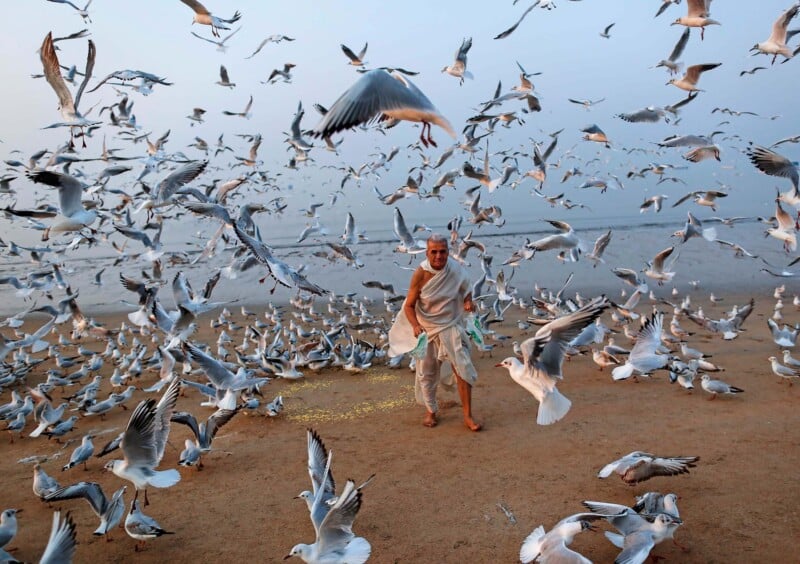
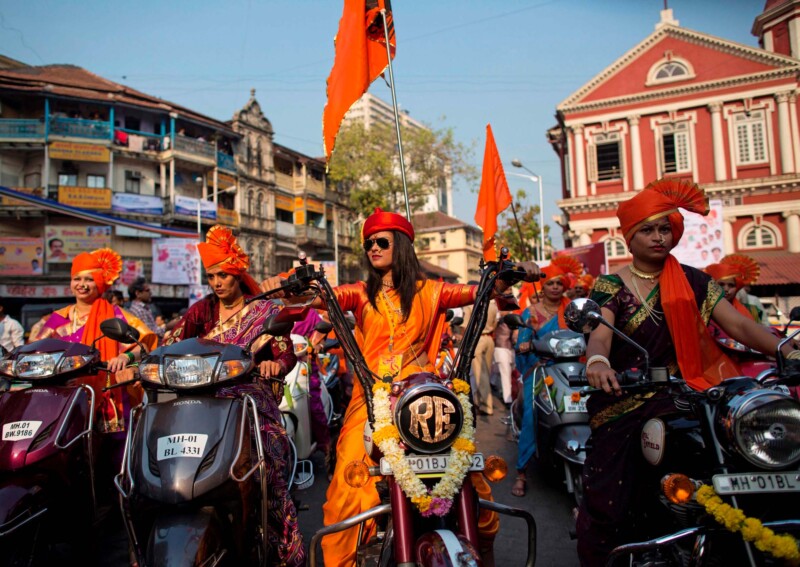
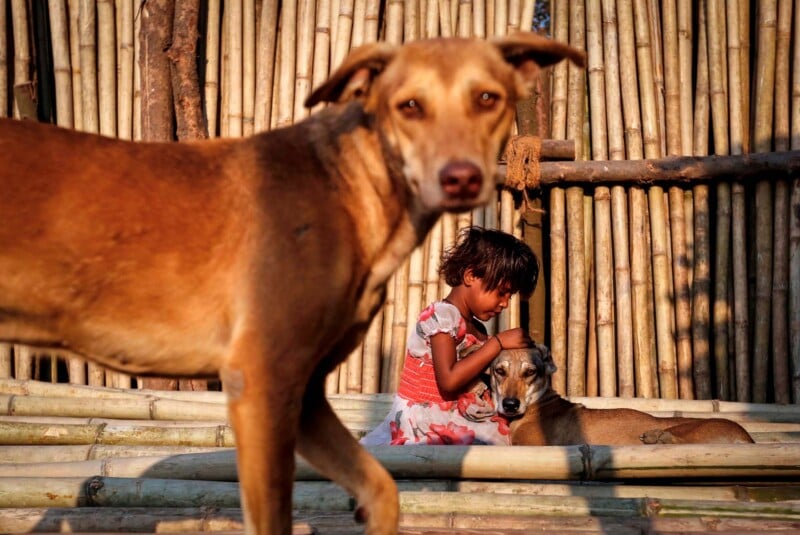
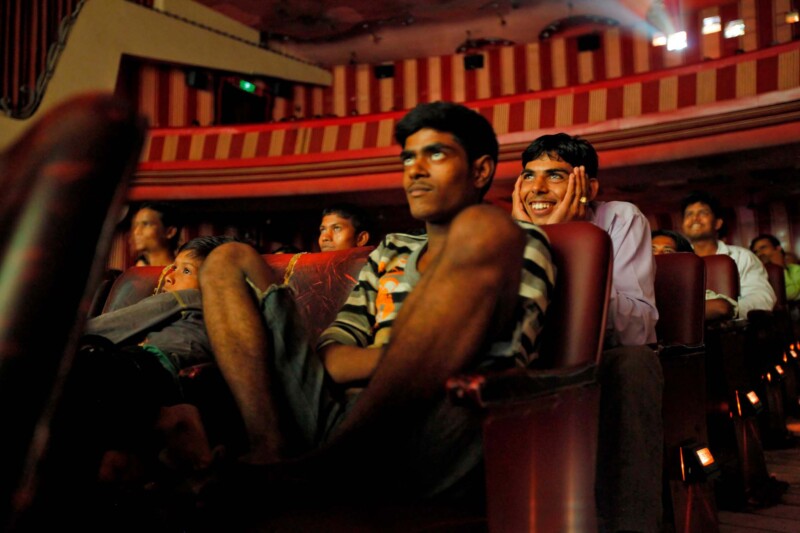
Questions remain over precisely what happened to Siddiqui, but grim reports over his fate include his body being mutilated by the Taliban who allegedly displayed it in a town center.
A Reuters investigation found that Siddiqui was left behind by retreating Afghan forces after some confusion. A commander believed the photographer and two other soldiers were safely on a convoy when they were convalescing in a mosque.
The New York Times said they had seen multiple photographs of Siddiqui’s body that show nearly a dozen bullet wounds and tire marks on his face and chest.
The Taliban have denied any wrongdoing, saying that they were under orders to treat bodies with respect. Sidiqqui’s death happened during the chaotic withdrawal of U.S. troops from Afghanistan which allowed the Taliban to take back control of the country.
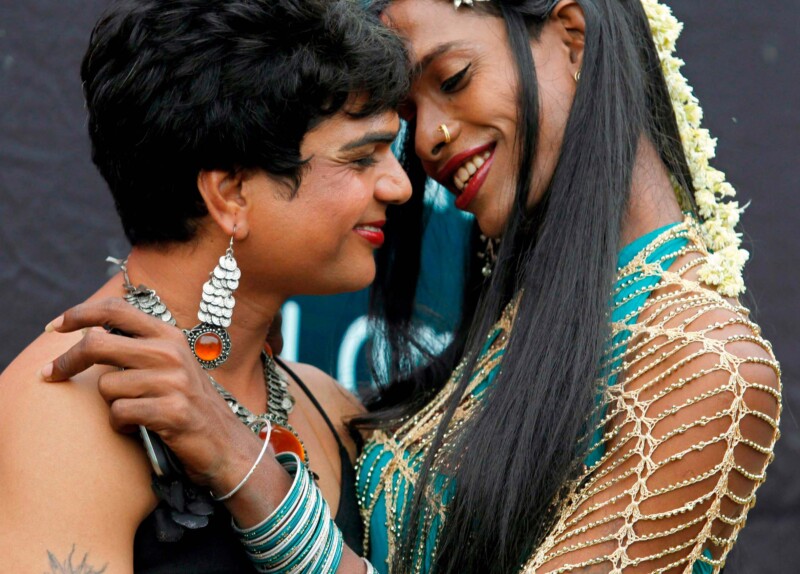
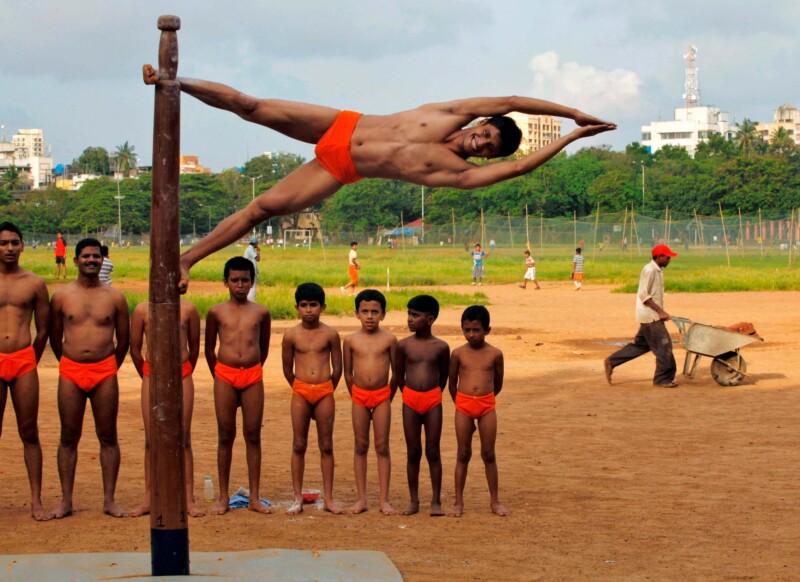

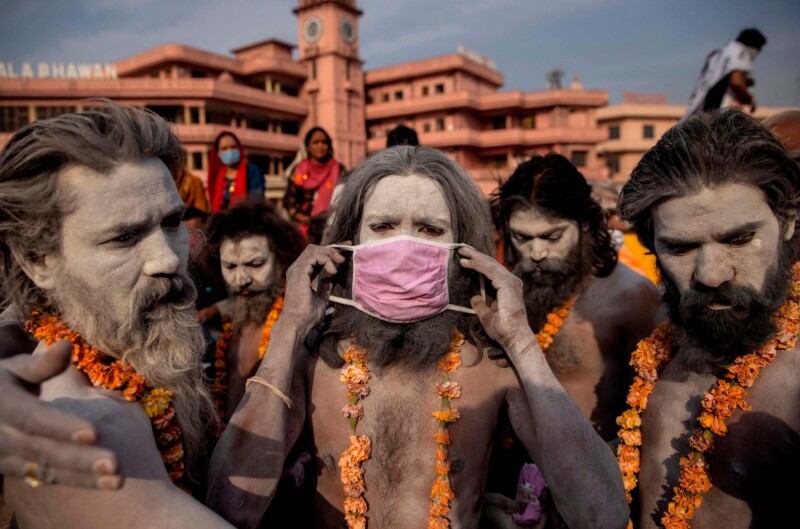
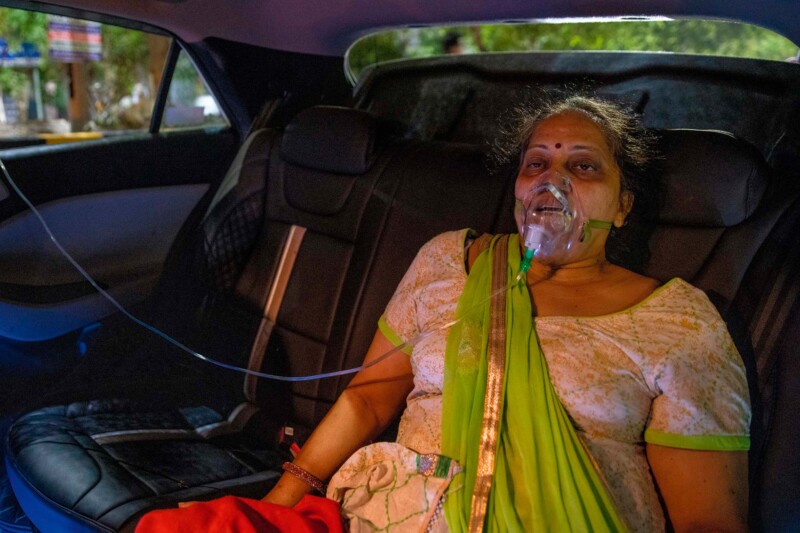
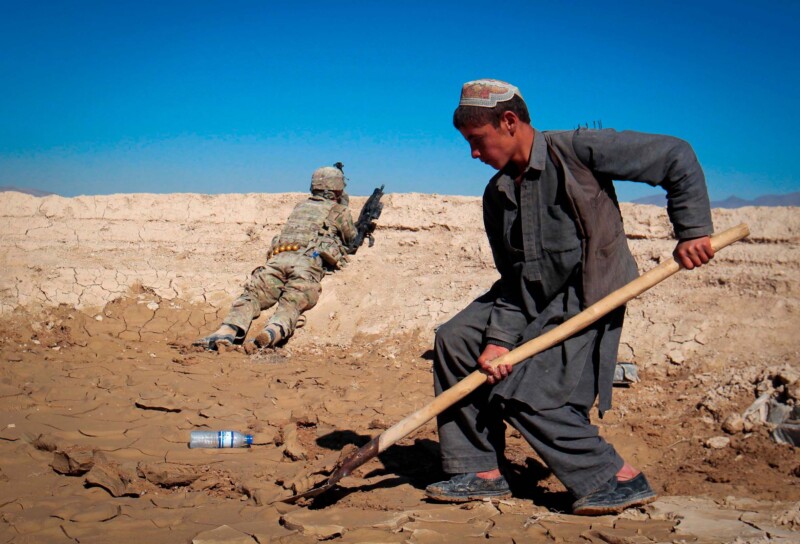
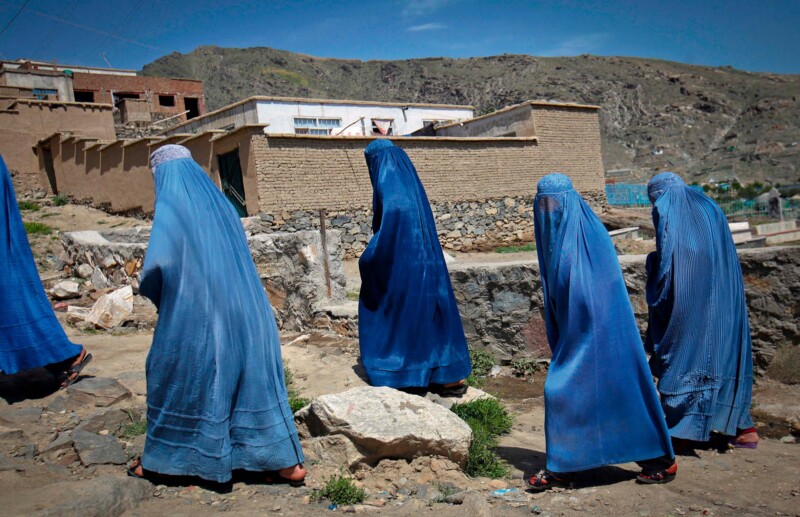
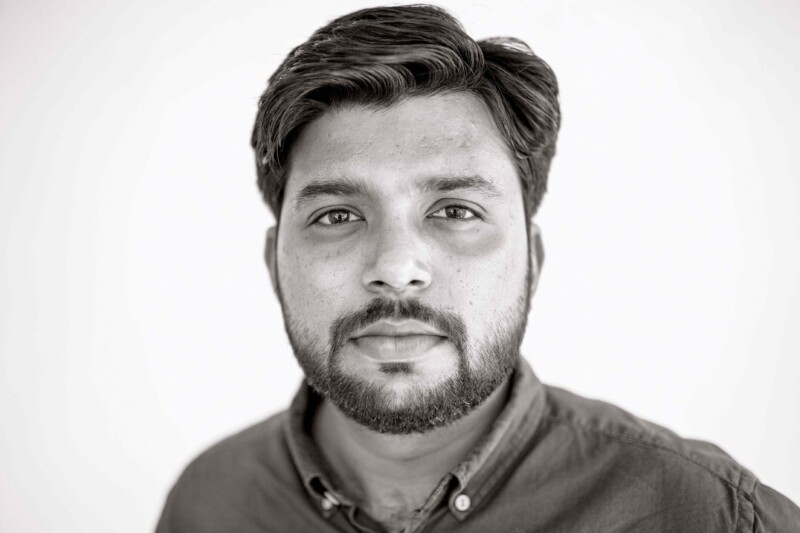
Siddiqui won two Pulitzer prizes; the first one, in 2018, was for his role documenting the Rohingya refugee crisis. And in 2022, he was awarded the price posthumously for his images of the Covid-19 pandemic.
Danish Siddiqui is publised by Kehrer Verlag and is avaialble to purchase here.
Image credits: All photos by Danish Siddiqui/Reuters (unless otherwise stated).